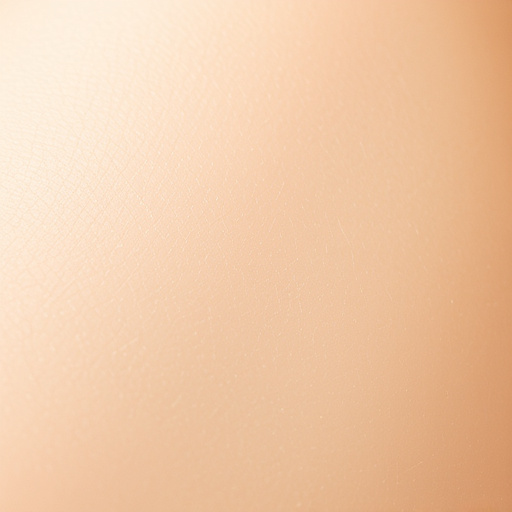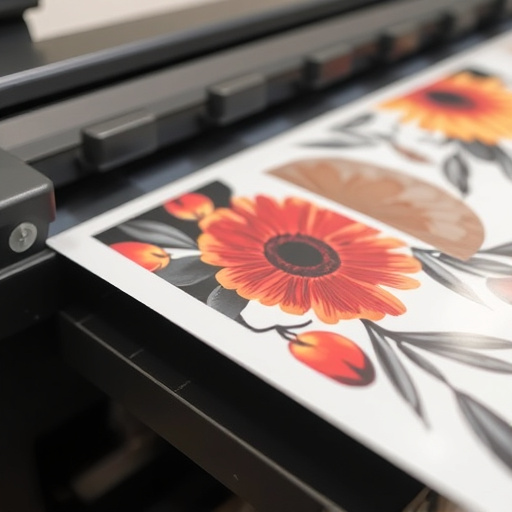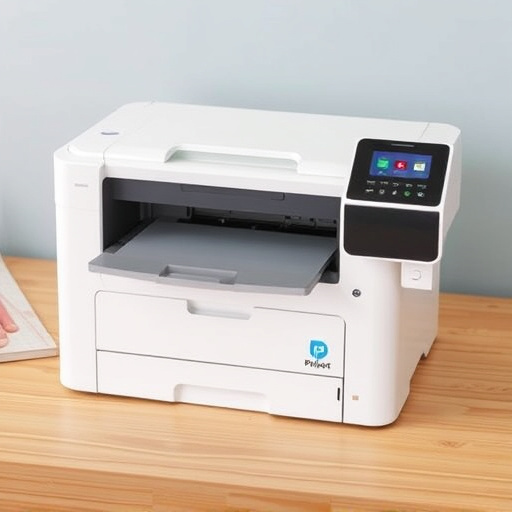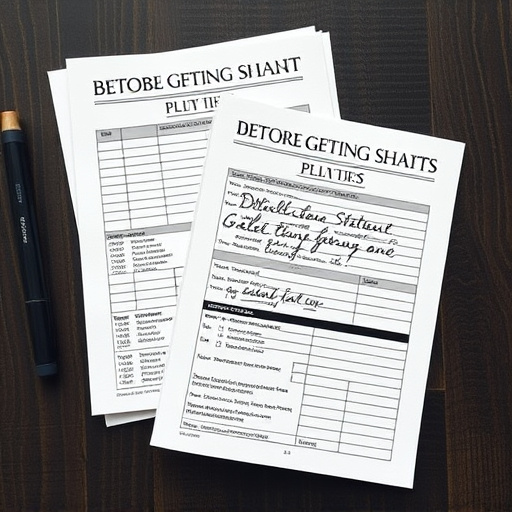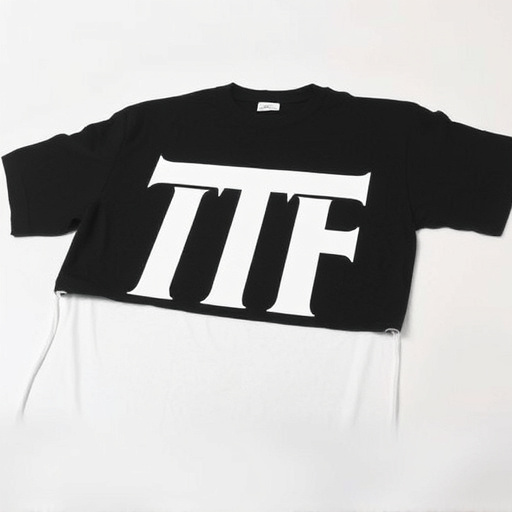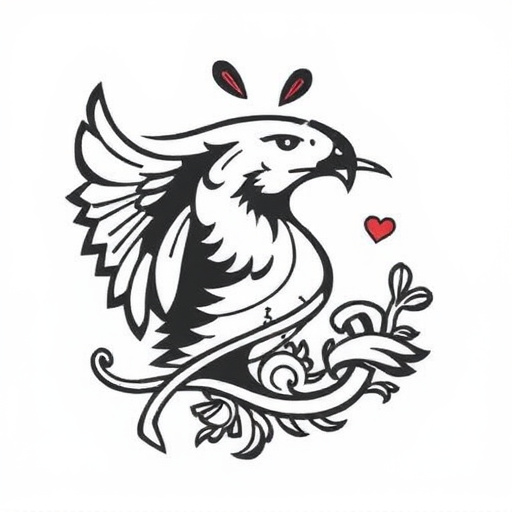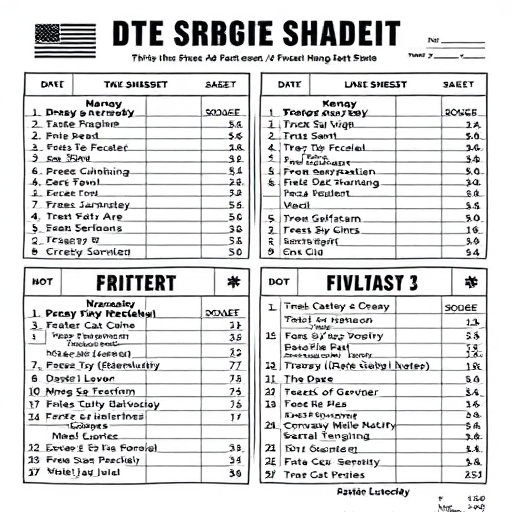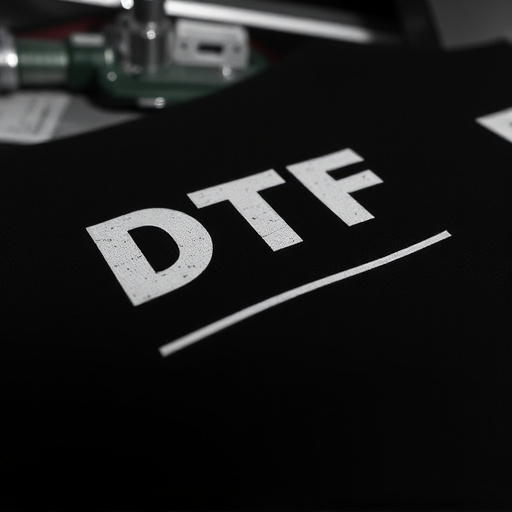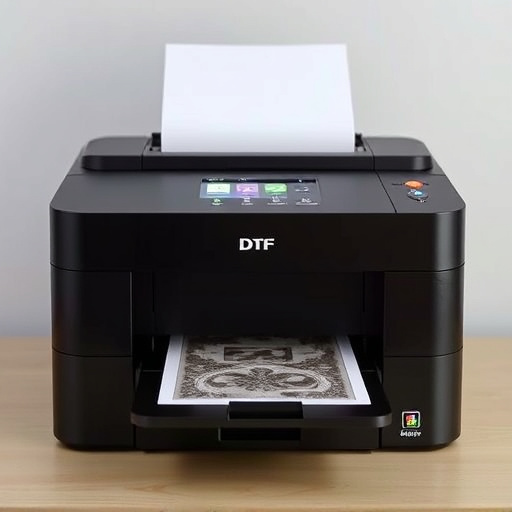DTF Transfer Sheets are materials designed for direct-to-fabric printing, offering a versatile solution for creating custom apparel and promotions with high-quality, durable ink transfers. Popular among small businesses and hobbyists, these sheets come in various formats and types to cater to different fabric types and print requirements. Preparing files involves checking resolution, color mode (CMYK or RGB), file format compatibility, converting designs to vector formats, separating design elements, embedding text, and saving in appropriate formats. Best practices for optimal print quality include using high-resolution images (300 DPI or higher), the CMYK color model, compatible formats like PDF or AI, and performing checks for missing fonts, incorrect color modes, or low resolution images before printing.
Looking to perfect your print game with DTF (Direct to Fabric) transfer sheets? This comprehensive guide is your launching point. We’ll walk you through understanding DTF transfer sheets, their versatile applications, and how to prepare files for pristine printing. From file formats and resolutions to color profiles and layout design, we’ve got a step-by-step process to ensure optimal results every time. Get ready to master the art of DTF printing!
- Understanding DTF Transfer Sheets and Their Uses
- Preparing Your Files: A Step-by-Step Guide
- Best Practices for Optimal Print Quality
Understanding DTF Transfer Sheets and Their Uses
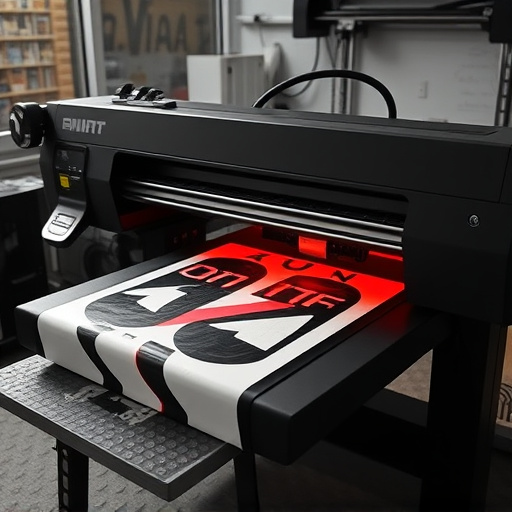
DTF Transfer Sheets are specialized materials designed for direct-to-fabric (DTF) printing and transferring of designs. They offer a versatile solution for creating custom apparel, promotions, and more. These sheets work by precisely applying heat to transfer ink from the sheet directly onto fabric, allowing for high-quality, durable prints. DTF is particularly popular among small businesses and hobbyists due to its ease of use and ability to produce on-demand products without complex setup.
Whether you’re handling dtf small orders or focusing on creating dtf heat transfers, these sheets are a crucial component in the printing process. They come in various formats and types, catering to different fabric types and print requirements, ensuring that your final dtf transfers ready to press meet your desired quality standards.
Preparing Your Files: A Step-by-Step Guide
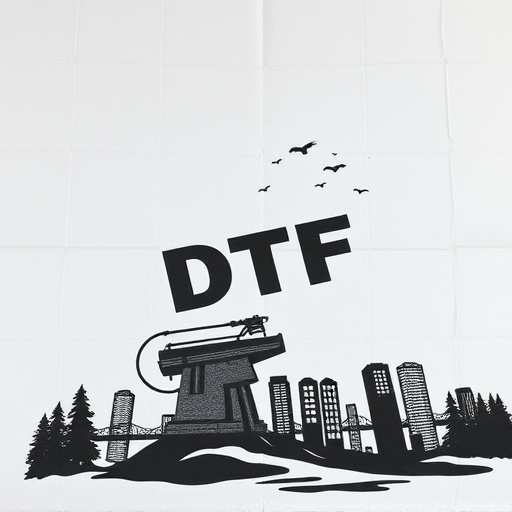
Preparing your files for DTF Transfer Sheets printing involves a meticulous process to ensure precise and high-quality results. Start by gathering all necessary artwork, ensuring it adheres to the specific requirements for DTF printing services. This includes checking for resolution, color mode (CMYK or RGB), and file format compatibility (like PNG, JPEG, or PDF). Next, create or obtain your design in a vector format whenever possible, as this facilitates accurate scaling without loss of detail.
For optimal DTF artwork transfers, each element of your design should be separated into individual layers or files. This allows for precise control over the printing process, especially when dealing with custom DTF gang sheets. Ensure that all text is embedded within your design and not linked externally to avoid any last-minute glitches. Save your files in a suitable format, considering the type of effects and finishes you intend to achieve, and double-check everything before sending it off for printing.
Best Practices for Optimal Print Quality
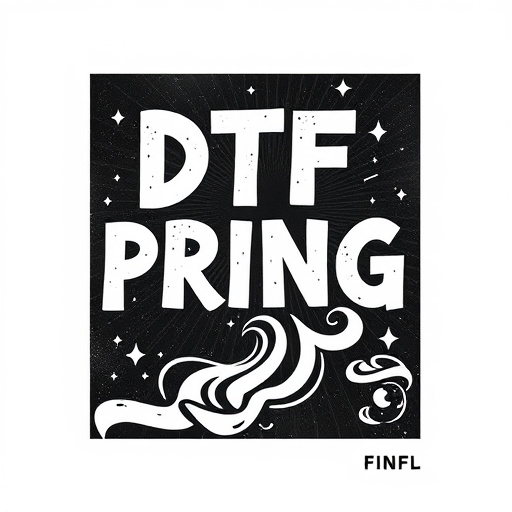
To ensure optimal print quality when using DTF Transfer Sheets, there are several best practices to keep in mind during the file preparation process. Firstly, use high-resolution images with a minimum of 300 DPI (dots per inch) for sharp and crisp details. This is particularly important for intricate designs or fine line work as it prevents blurring or pixelation. Secondly, ensure that all colors are correctly represented using the CMYK color model; this is standard for printing and will guarantee accurate reproduction on the DTF Transfer Sheets.
Additionally, proper file formatting is crucial. Save your files in a compatible format like PDF or AI (Adobe Illustrator) to maintain layer integrity and vector accuracy. Before sending your files for printing, check for any potential issues such as missing fonts, incorrect color modes, or low resolution images. These simple checks can save time and ensure that your DTF transfers are ready to press without any last-minute surprises, facilitating a smooth bulk order process.
DTF (Direct to File) Transfer Sheets offer a versatile and efficient method for printing custom designs on various materials. By following this step-by-step guide, you can ensure your files are prepared optimally for DTF transfer sheet printing. Adhering to best practices guarantees high-quality prints, allowing you to produce vibrant, detailed designs with precision. Whether for textiles, ceramics, or other substrates, mastering the art of DTF printing expands your creative possibilities and opens doors to unique product opportunities.


